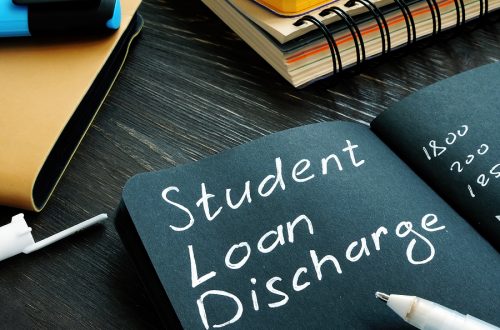Bankruptcy provides a financial fresh start for consumers seeking its help. But what does life look like after bankruptcy?
According to a study by LendingTree, 65 percent of people who filed for bankruptcy, had a credit score of 640 or higher in two years. The following tips can help you bounce back quickly after bankruptcy.
One recommendation is to keep all bankruptcy paperwork from the case. It is possible this information will be needed again in the future if the consumer wishes to apply for a mortgage, loan or other financing. This paperwork should include the petition and submitted schedules, proof of income, any correspondence from the court and bankruptcy trustee, and the final bankruptcy discharge.
Rebuilding finances and reestablishing a good credit history is key after bankruptcy. To do this, it helps to maintain a job and home, including a positive payment history. Stay current on all obligations and debts, and do not miss any payments. This payment history will show in a credit report and will demonstrate to any potential lenders that the consumer is able to maintain a job and income and continue paying on his or her obligations.
It may seem counterintuitive but using a secured credit card after bankruptcy can be an excellent way to rebuild credit. Many banks or financial institutions offer secured credit cards that come with no annual fee, but most require a deposit to be paid by the accountholder to open the account. The person’s credit limit is based on the deposit amount, which restricts the cardholder’s spending.
It is recommended that the individual make at least one charge during the month on the card but make sure that the charge is not more than 20 percent of the individual’s available credit. Secured cards should be paid for in full and on time every month to build up a good pattern of financial habits. After a period, if the cardholder can show he or she is able to manage paying these bills on time and spending responsibly, then the person can move to an unsecured card with a lower interest rate.
Keeping a close watch on your credit score is recommended for any individual, not just someone who has completed bankruptcy. Many different free credit score services are available, such as CreditKarma or MyLendingTree, which offer the ability to monitor and track your credit score. It is important that the consumer know what his or her score is at the beginning of the process so that he or she can see how it improves with good financial habits over time. Monitoring your credit report can also be a good way to ensure that debts that were supposed to be discharged in bankruptcy were discharged.
Creating a budget is also important after completing a bankruptcy case. Write down all necessary living expenses and track how much of the consumer’s income can be used to go towards paying these costs. The budget can also be a tool to help the consumer track his or her spending habits in order to prevent them from falling into the same bad habits all over again. A good rule of thumb when budgeting is to follow the 50/30/20 rule. What this entails is 50 percent of the consumer’s income goes towards meeting his or her needs. Another 30 percent would be set aside for items that are considered not necessary or are wanted, while 20 percent of the monthly income goes towards savings.
To rebuild a consumer’s credit history, it is important to regularly monitor his or her credit reports. It is also important to make this a regular habit to ensure that all information on the person’s profile is correct. If anything is incorrect, contact the credit bureaus to immediately correct it. Make sure that all debts that were discharged in bankruptcy are accurately taken off as outstanding debts on the credit report. There are many web sites available, which allow consumers to view their credit reports for free on an annual basis, which makes this task easier for consumers.
To keep from falling into the same financial traps all over again, it helps to start saving and creating an emergency fund. Any amount of money that can be put away helps. The trick is to make savings a habit.
Lastly, after a bankruptcy case, it is important to set reasonable financial goals. Create ones that are short-term goals, as well as long-term goals, such as purchasing a new car or new home in the future. Put these goals in writing and keep them in some place where the consumer regularly sees them so that he or she stays motivated and on track.
Please click here to read more.
If you have questions on this topic or are in financial crisis and considering filing for bankruptcy, contact an experienced Miami bankruptcy attorney who can advise you of all of your options. As an experienced CPA as well as a proven bankruptcy lawyer, Timothy Kingcade knows how to help clients take full advantage of the bankruptcy laws to protect their assets and get successful results. Since 1996 Kingcade Garcia McMaken has been helping people from all walks of life build a better tomorrow. Our attorneys help thousands of people every year take advantage of their rights under bankruptcy protection to restart, rebuild and recover. The day you hire our firm, we will contact your creditors to stop the harassment. You can also find useful consumer information on the Kingcade Garcia McMaken website at www.miamibankruptcy.com.


